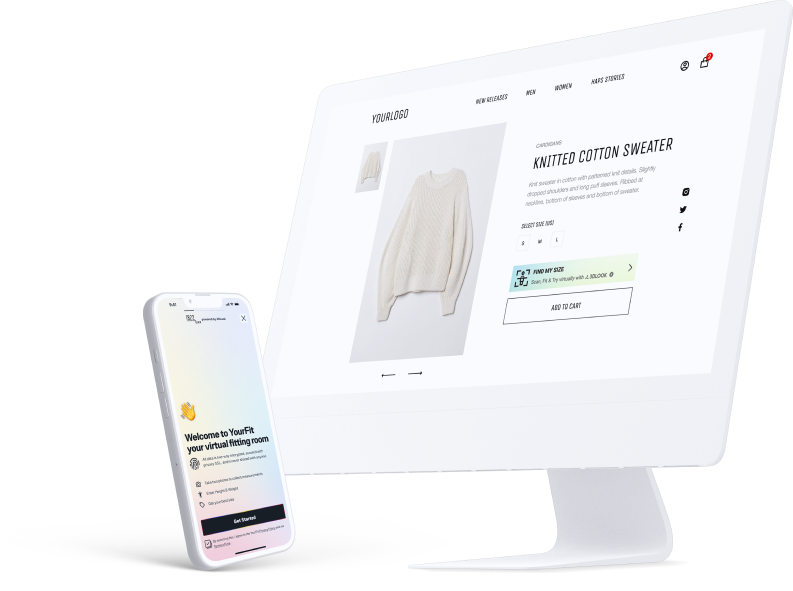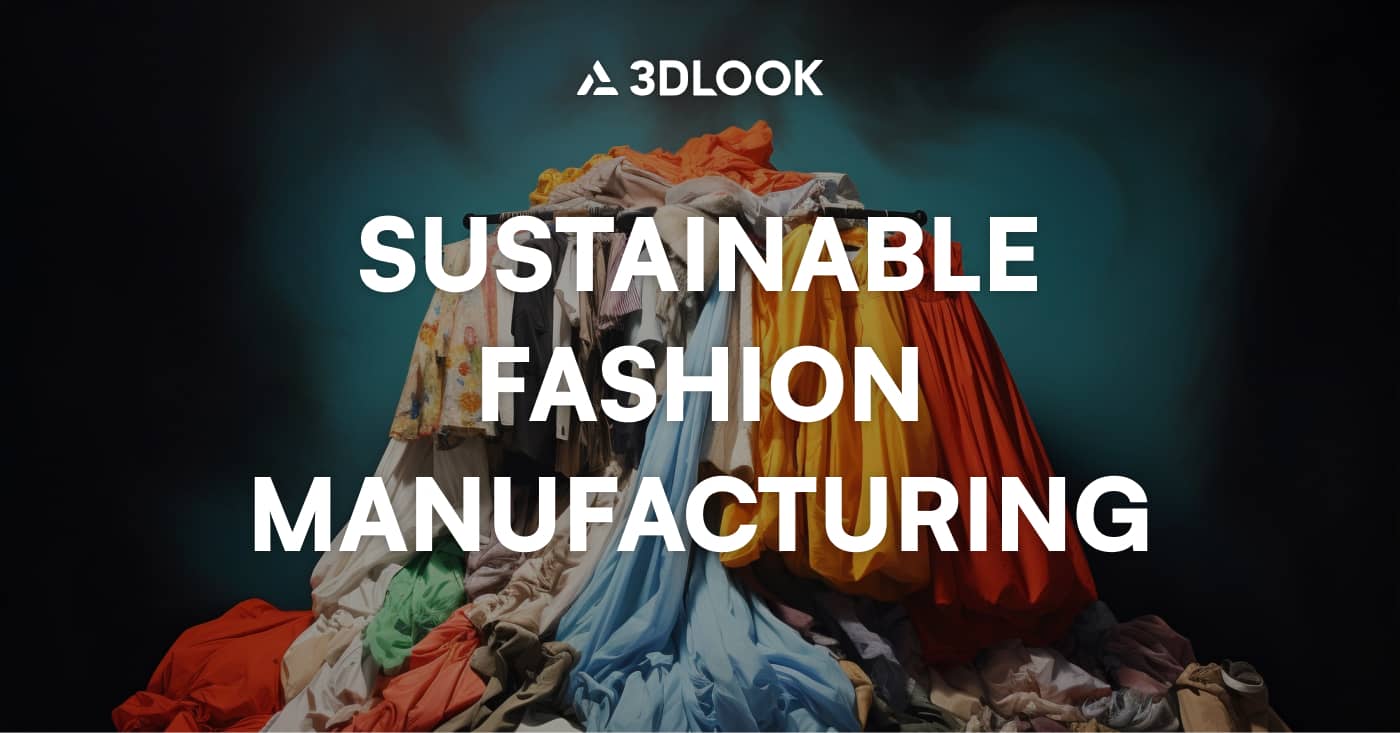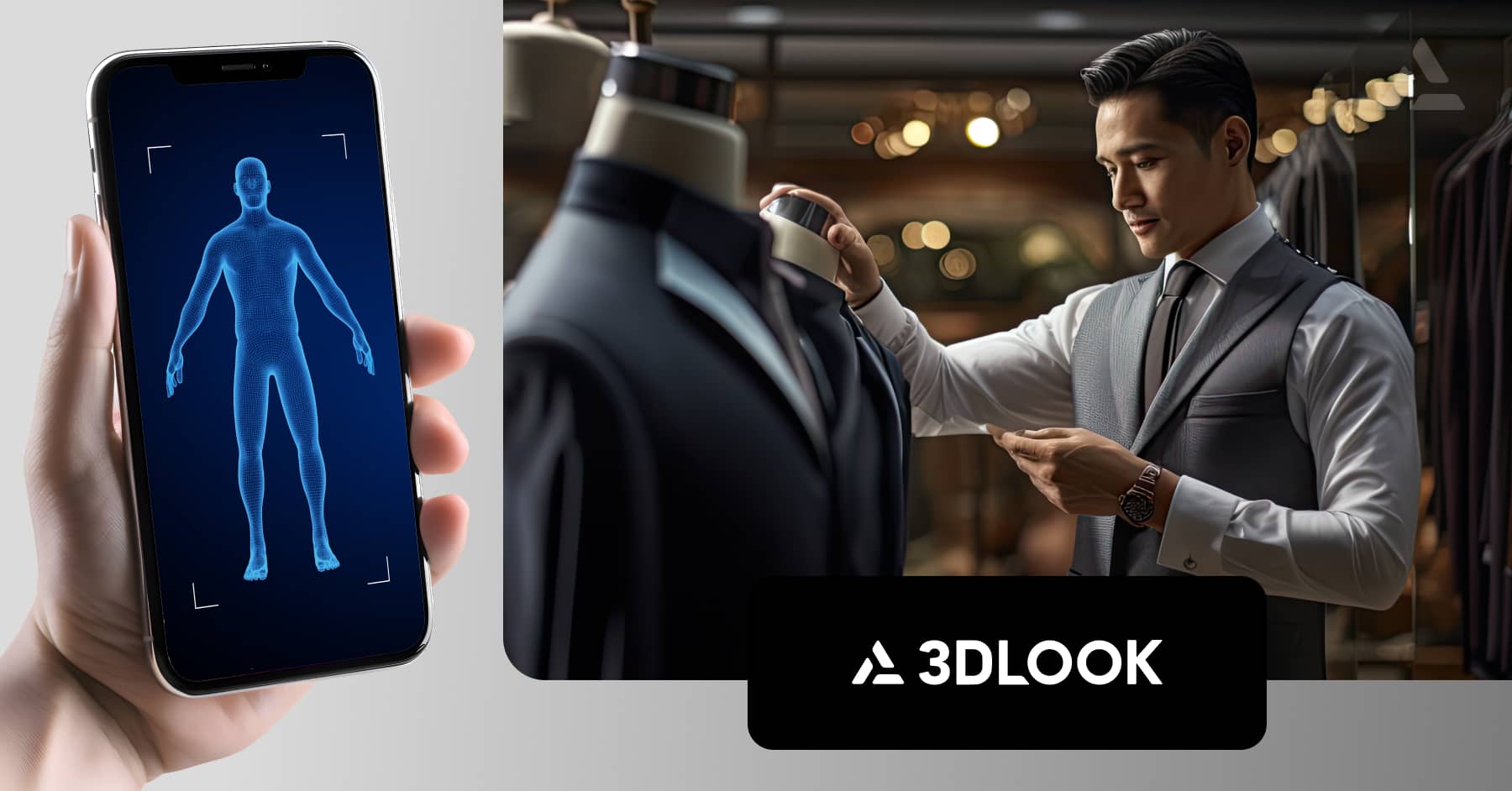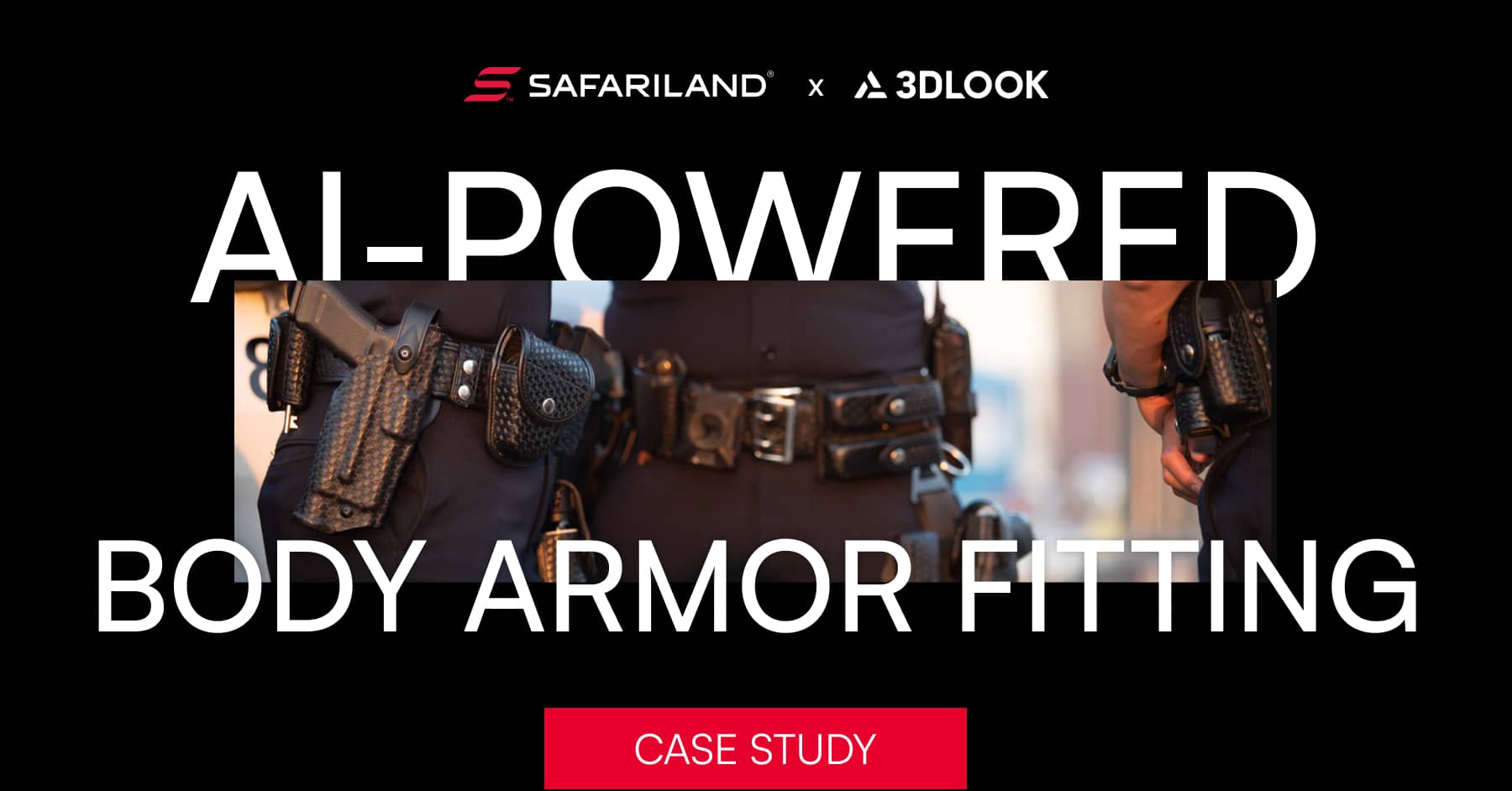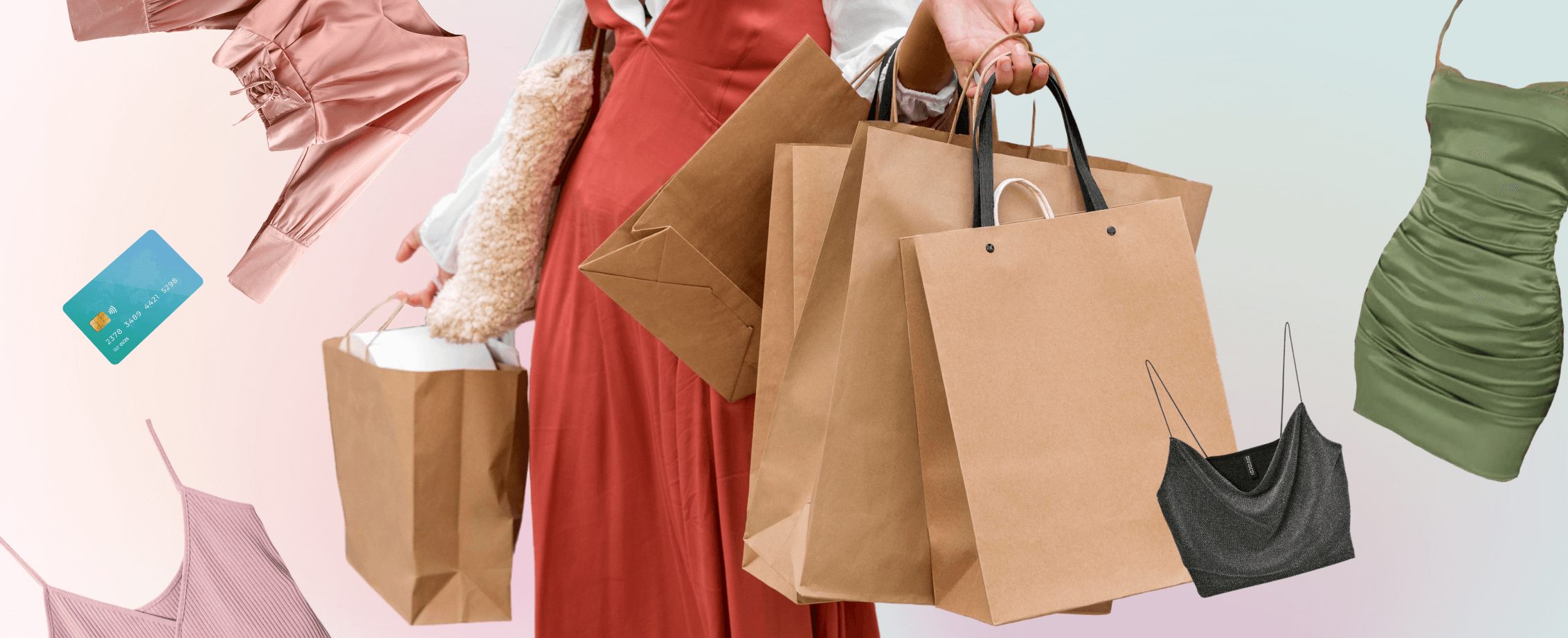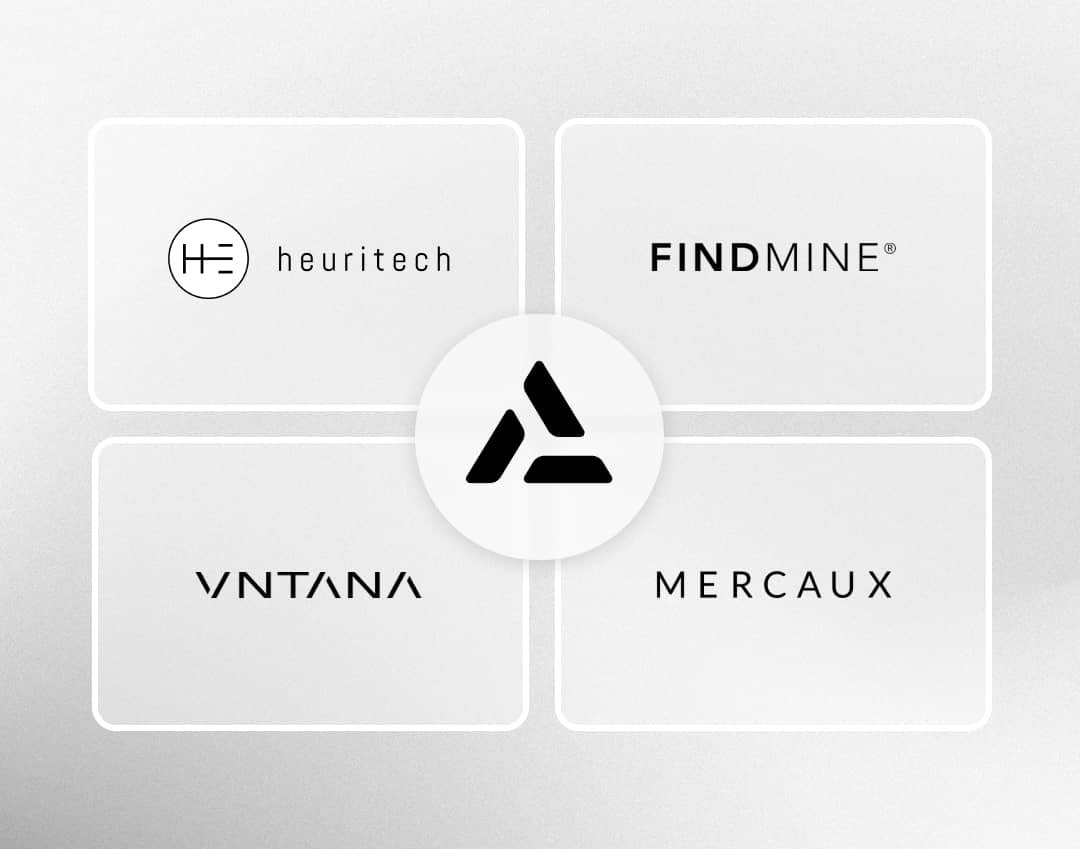Virtual dressing rooms and 3D body models: Fashion’s virtual future
Now, more than ever, the industry must embrace digital and explore new possibilities to give consumers the experiences they want.


Share on

The pandemic has supercharged fashion’s interest in augmented reality. Now, more than ever, the industry must embrace digital and explore new possibilities to give consumers the experiences they want – whether online or offline.

The pandemic has supercharged fashion’s interest in augmented reality. Now, more than ever, the industry must embrace digital and explore new possibilities to give consumers the experiences they want – whether online or offline.
According to research by Hootsuite, the average person spends close to seven hours online each day, whether scrolling through social media, gaming with friends, or shopping for something new. Our increasingly virtual lives have created new opportunities for fashion businesses to put their brand and products in front of customers – and not only in the form of online stores and banner advertisements but also in more interactive ways.
Last year, for instance, Nike released a selection of branded virtual garments for players to dress their characters in on Epic Games’ Fortnite. Likewise, brands such as Valentino, Sandy Liang, and Marc Jacobs have capitalized on the success of Nintendo’s Animal Crossing: New Horizon social simulation video game with the release of in-game virtual fashion ranges.
Meanwhile, the likes of Miquela, Shudu, and Seraphine – stars among a growing number of computer-generated virtual influencers – continue to amass huge audiences on social media platforms such as Instagram.
Introducing virtual models for clothes
These virtual models were already gaining interest from fashion houses such as Calvin Klein and Prada. Still, the pandemic has now cast the spotlight on virtual models and the potential they offer – rather than Bella Hadid herself, a virtual representation of her was the face of Mugler’s Spring 2021 collection.
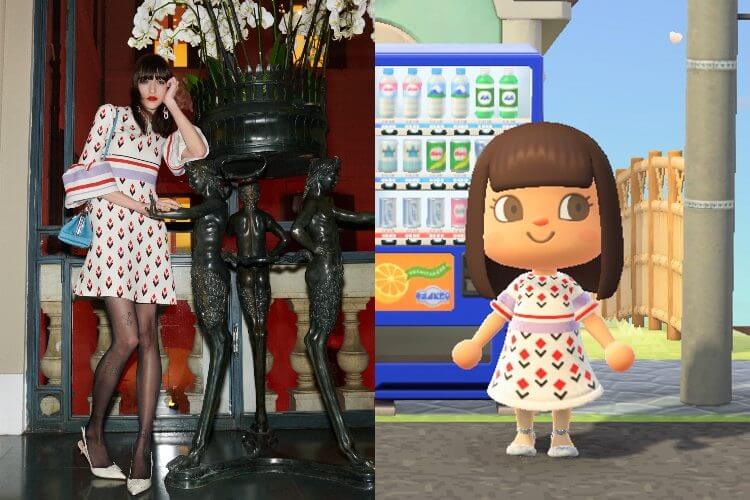
Valentino Pre-Fall look in real life versus video game Animal Crossing
It is evident that Covid-19 has accelerated fashion’s interest in the virtual world and, particularly, augmented reality technology, and rightly so – tech giants such as Apple, Microsoft, and Facebook are backing AR to be the next revolutionary innovation. However, a virtual Bella Hadid is only the beginning. Fashion must now consider how virtual fashion can be used to improve the customer experience by bringing innovations such as mobile body scanning, 3D fitting and online dressing room technology to the retail environment.

Bella Hadid was turned into a digital avatar for Mugler Fashion Show
Virtual dressing rooms: Bringing augmented reality to fashion retail
While 87% of purchases start with an online search, according to Salesforce’s Connected Shoppers Report, almost half end with a visit to a physical store. This is because shoppers don’t simply want to see an item on a model that looks nothing like them. They want to try it on, browse variations and share the experience with their friends.
Thankfully, the emergence of new technologies is saving shoppers the trouble of venturing out. With access to a virtual fitting fashion room that replicates the benefits of physical shopping digitally, consumers are empowered to make more informed purchasing decisions without needing to try on a garment physically.
Using solutions such as 3DLOOK’s mobile body scanning technology, retailers can offer consumers far greater insight into how a garment will fit their unique body shape, providing an immediate sense of how a product will fit. Equipped with this body data, retailers can begin to explore 3D body avatar solutions that will enable consumers to try on clothes virtually from the comfort of their home.
These solutions have already captured the attention of major and innovative retailers who believe 3D virtual fitting room technology can bridge the gap between the online and physical retail experience. According to Shopify, the global virtual fitting room market is expected to grow by 13% annually, reaching $6.5m by 2025.
Fashion isn’t just exploring these technologies as a way to improve the online experience, however. In the wake of Covid-19, with fitting rooms likely to remain largely shut for the foreseeable future, AR clothing try on solutions will undoubtedly play a significant role in adapting physical stores to cater to new health and safety expectations, as well as demand for reduced contact between customers and employees.

ASOS virtual models
A number of fashion businesses – from leading stores such as Macy’s and ASOS to luxury brands such as Louis Vuitton and Dior – are already exploring AR clothing try on technology’s potential in the fashion retail space, experimenting with virtual fitting solutions that will enable consumers to preview garments on their own bodies, whether they’re at home, in-store, or elsewhere.
A virtual dressing room app for clothes does so much more than helping fashion brands stand out. This app brings customers increased convenience, and efficiency, and allows them to make informed purchasing decisions.
The potential of 3D fitting and virtual dressing
With return costs in the US alone expected to hit $550m in 2020, creating five billion pounds of landfill waste annually according to Vogue Business, fashion desperately needs technologies that will help to tackle the issue of poor fit.
Companies like 3DLOOK are helping fashion to reduce its impact, providing mobile body scanning, size and fit recommendations and 3D avatars that designers can use to design garments based on real customer bodies rather than aggregated or behavioral data. Offering shoppers access to clothes that fit well in sizes that suit their body, the YourFit virtual fitting fashion room is helping retailers to reduce size-related returns by as much as 47%.
Fashion brands like Bershka have already tapped into 3DLOOK’s AI-powered solution and embraced the virtual dressing room as a means to reduce online returns.
Implementing 3D virtual fitting technology and unlocking the online dressing room
The next step for fashion businesses is to use this customer body data to implement 3D virtual fitting technology. Often known as 3D virtual dressing technology, this enables consumers to try on a garment without physically wearing the product. Using a camera-equipped device, underlying AR technology can map a virtual version of a product to the customer’s body or on top of a realistic 3D avatar. Using this technology, retailers can create a virtual fashion model dressing room for customers to virtually try on clothes quickly and conveniently in-store or at home.
This feature is simply a representation of users in the form of 3D virtual models for clothes, helping them see how the clothes would drape, fold, cling, stretch, and form wrinkles on their bodies.
Implementing 3D clothes virtual try on solutions won’t come without its challenges. Not only are there difficulties such as financial cost and that it is still an emerging technology, but there is also a significant data privacy concern among consumers regarding how the data that businesses collect is stored and used. Solutions such as mobile body scanning, visual fitting rooms, and virtual try-on technology have the added barrier of storing consumer data like names, addresses, banking details, and biometric information. To ease consumer fears, solutions must be designed with privacy in mind, and businesses must offer transparency and security when storing customer data.
Taking dressing rooms online: What do customers desire from an online dressing room solution?
In recent years, numerous virtual dressing room apps have emerged that utilize AR technology to render digital clothing on top of the customer’s body. These online dressing rooms help customers to visualize the product, but neglect a crucial part of what customers desire from a virtual dressing room app: to know whether it will truly fit their body.
YourFit by 3DLOOK is the only solution that does both, giving every customer a personalized sense of how a product will look and fit on their body. The platform takes a retailer’s dressing rooms online using a photorealistic try-on experience that utilizes tailored 3D avatars created from over 86 points of measure. Data is compared against the retailer’s product data to calculate an accurate size recommendation and virtual try-on output, which customers can view, assess and share within their personal virtual dressing room.
Virtual dressing and fitting can provide the accessible and sustainable future of fashion that consumers desire
Looking beyond these challenges, there is huge potential for 3D virtual fitting technology to improve the way fashion is designed, sold, and consumed – whether by reducing the number of physical samples that ultimately end up in landfills or by creating a virtual fitting room for e-commerce that can reduce return rates.
Despite its many negatives, the turbulence of 2020 has resulted in heightened interest in a virtual fashion. Now, designers and brands must embrace the digital, explore new possibilities, and ensure that their products are accessible to consumers – both in the physical and virtual worlds by taking their dressing rooms online.
Get in touch to find out how 3DLOOK can help you to digitize your business today!
Tags:
Fashion | Technology
EXPLORE MORE CONTENT

Subscribe to our Newsletter
Offer your customers an entirely new, inclusive, and engaging way to interact with your brand
Offer your customers an entirely new, inclusive, and engaging way to interact
with your brand
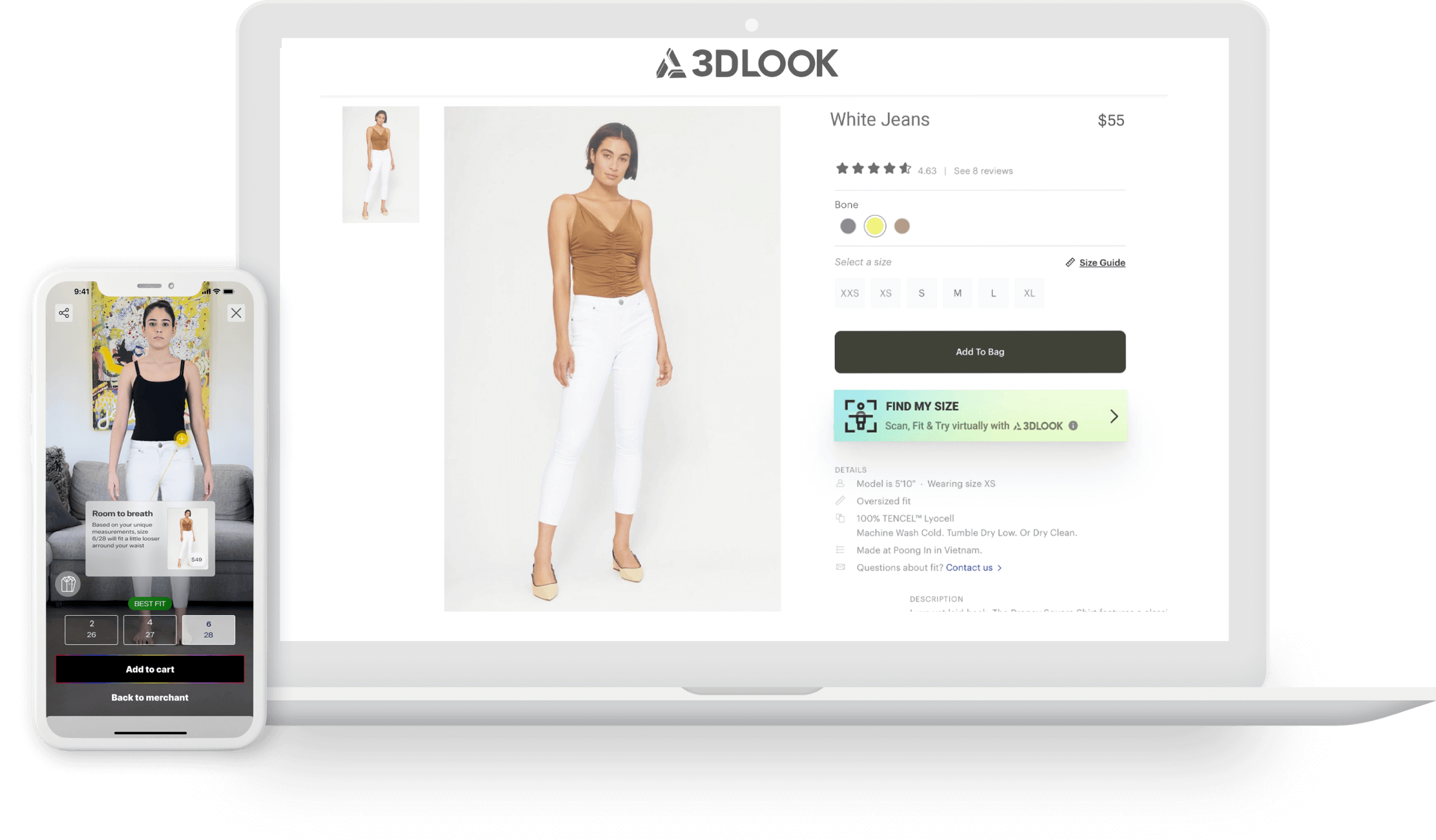
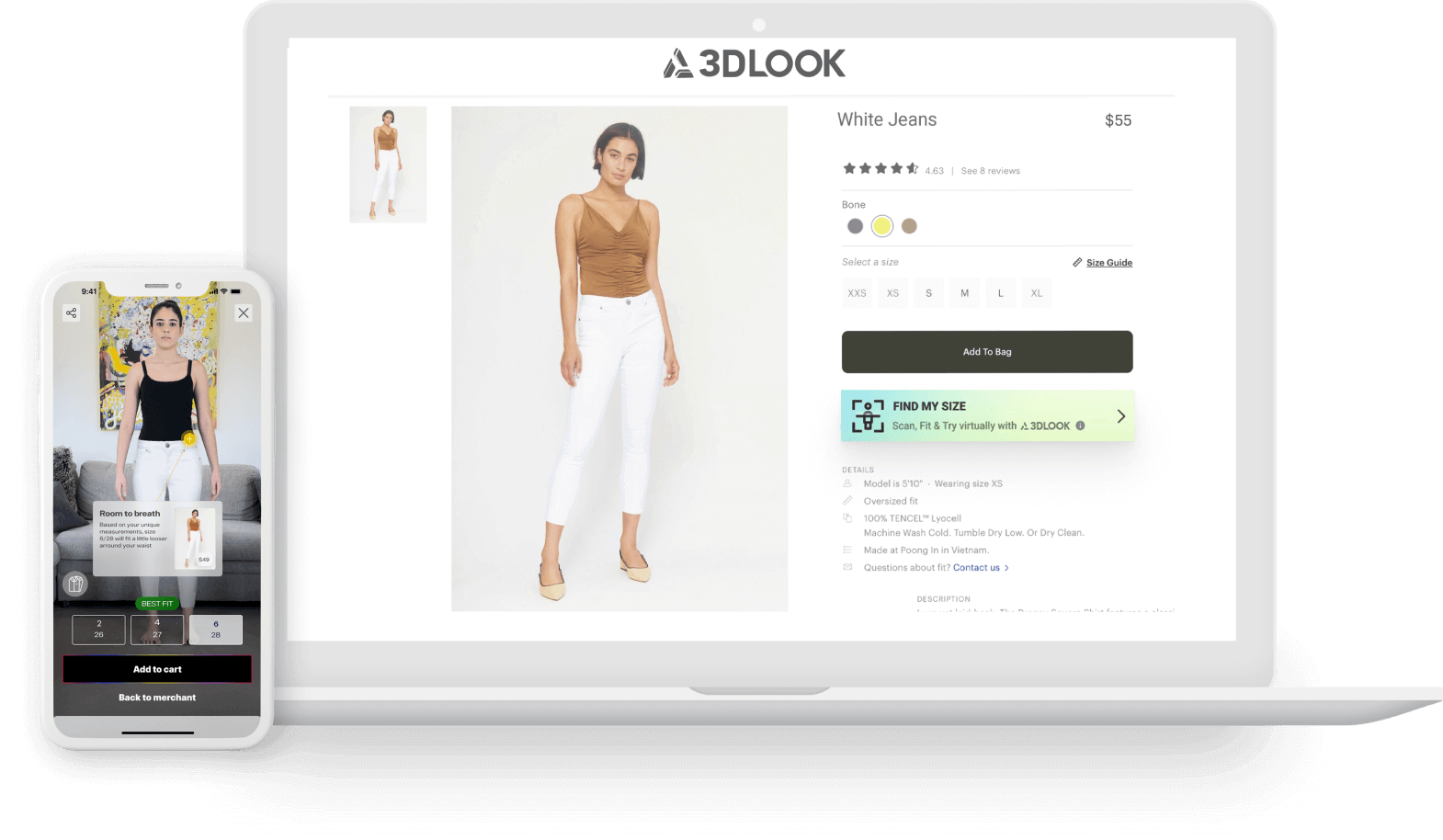
Let us help you find the right solution for your business needs
